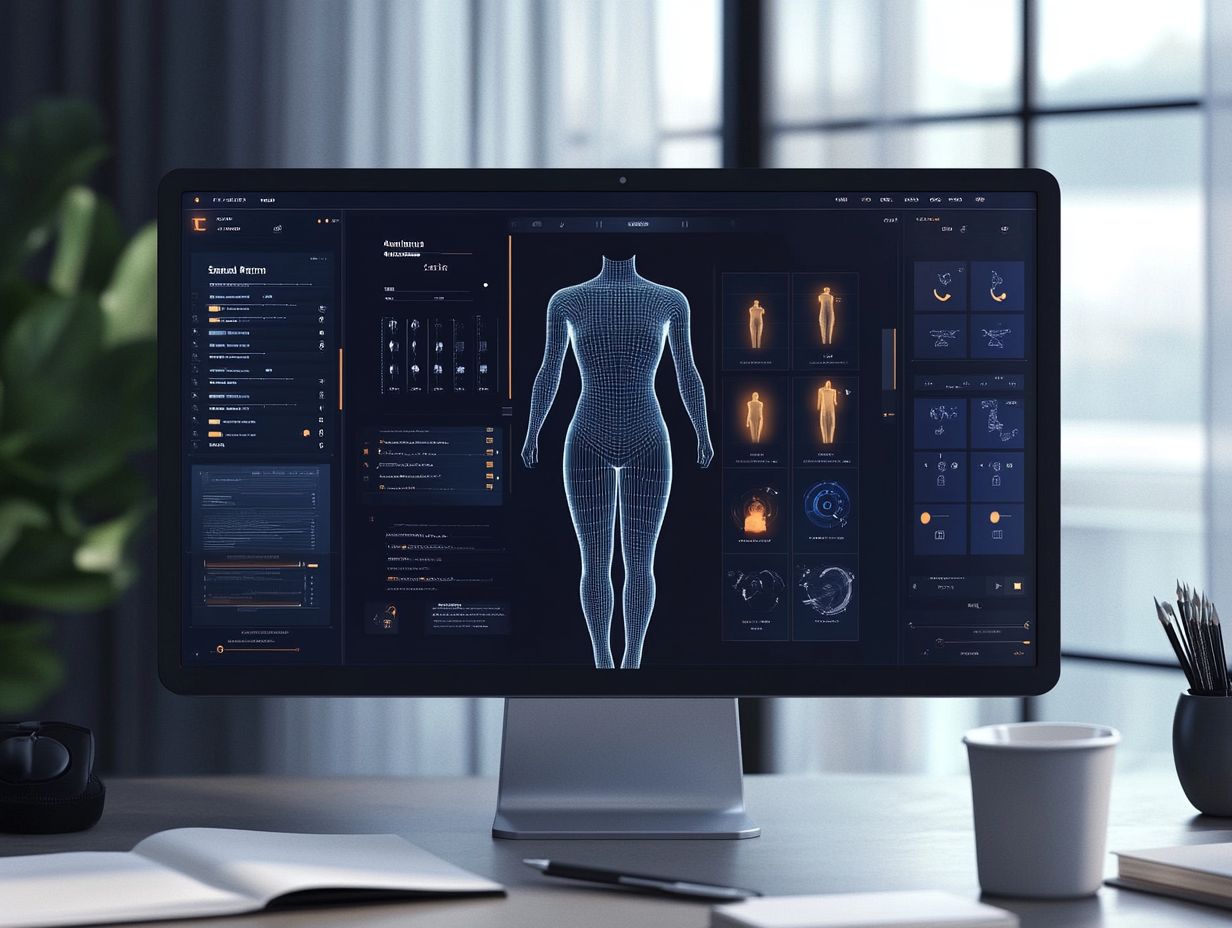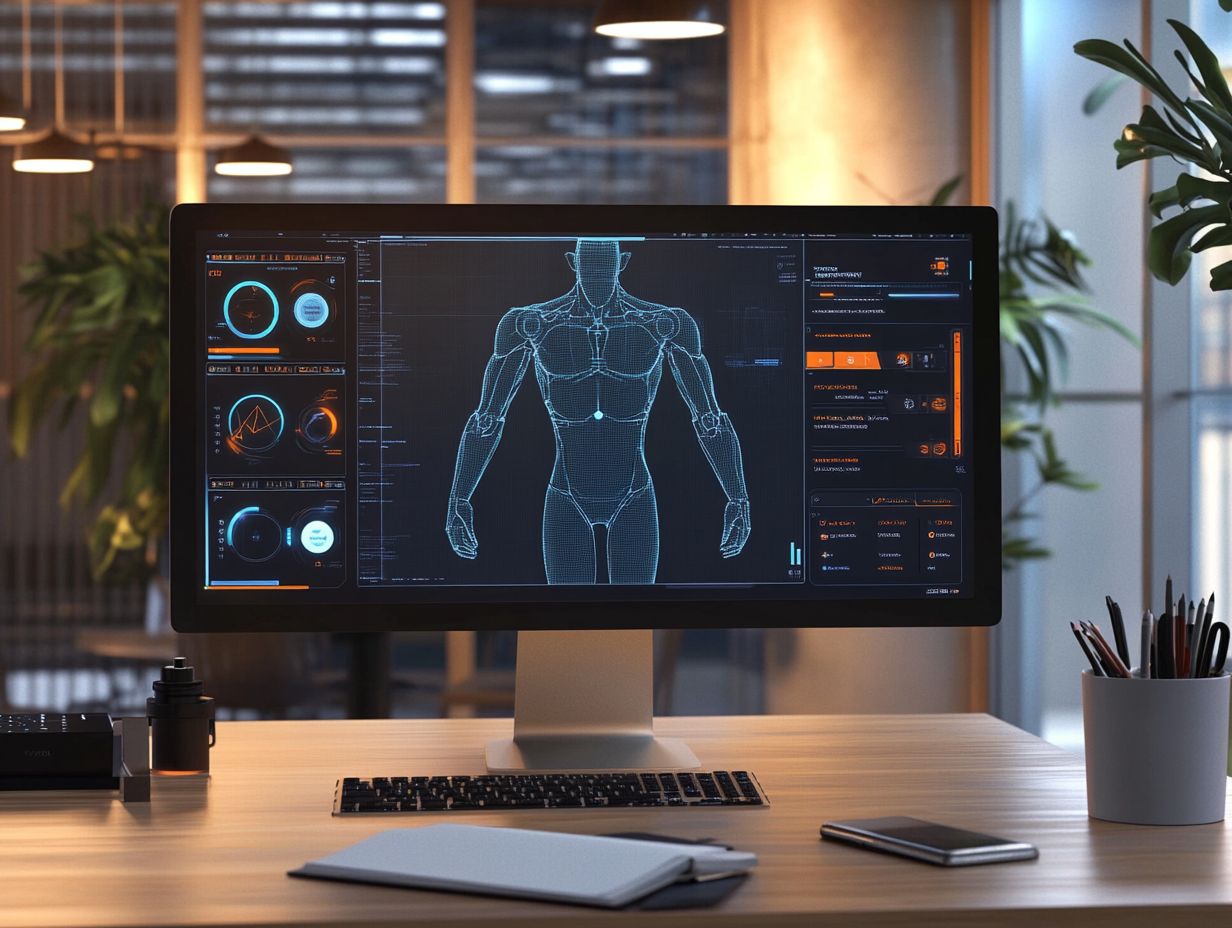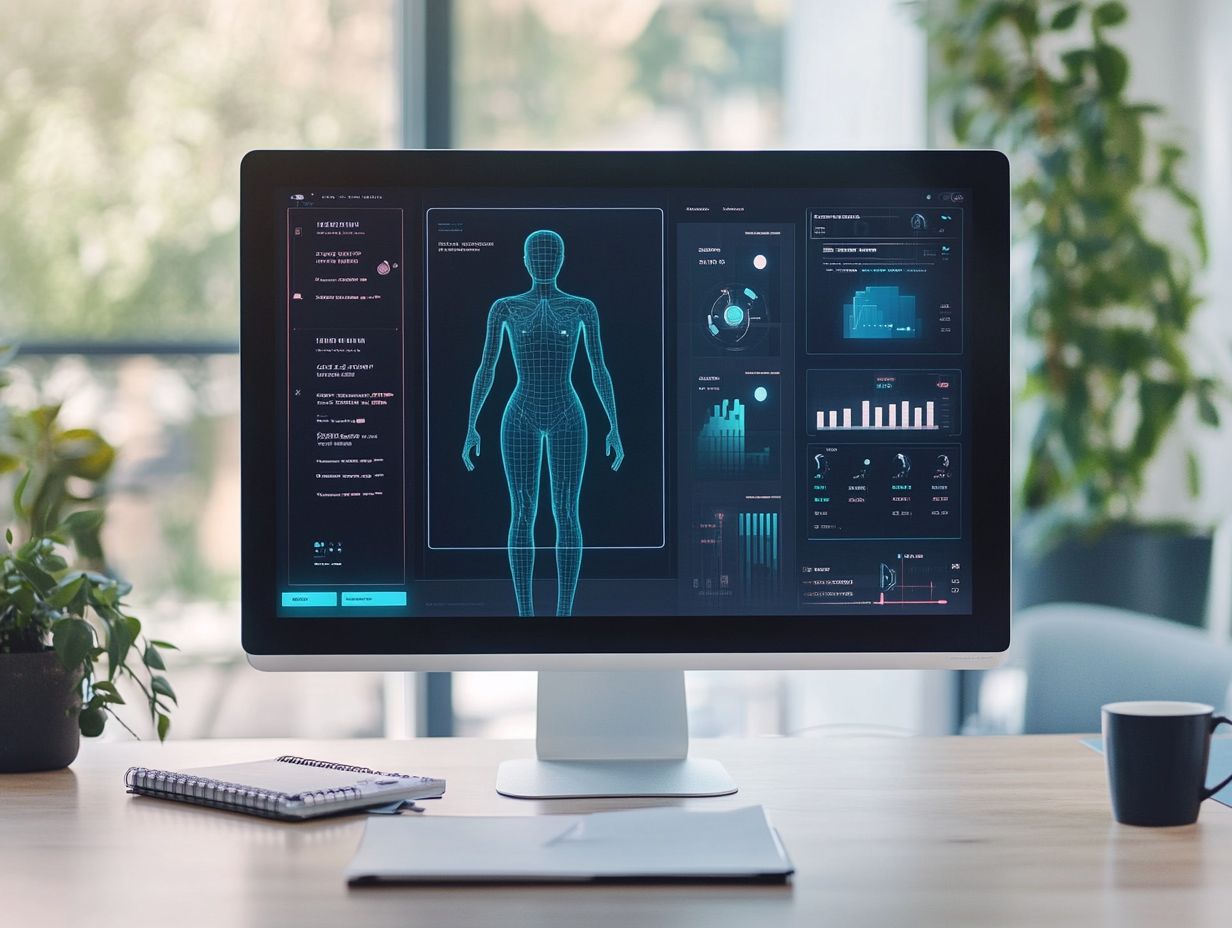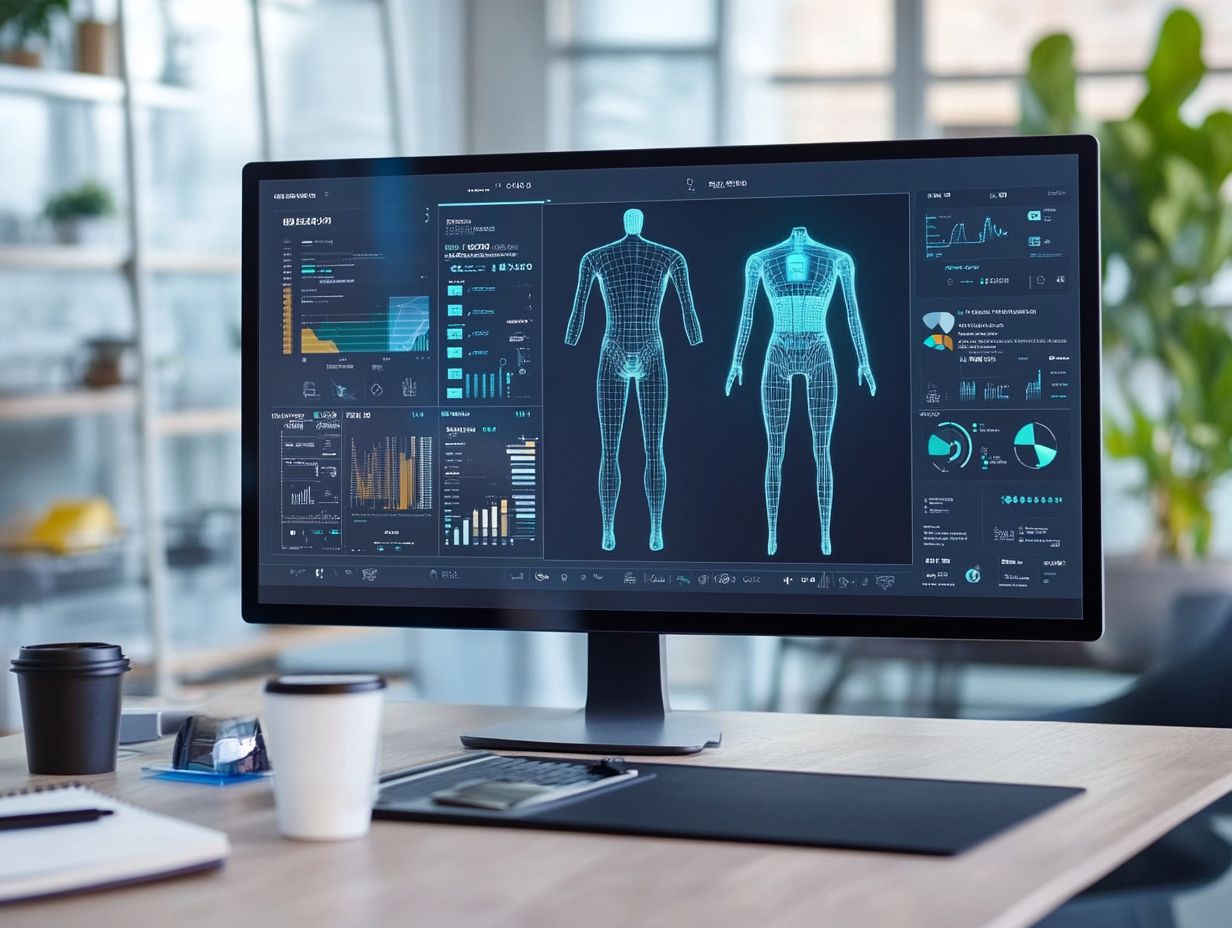AI undress tools are innovative applications designed to revolutionize how consumers visualize clothing without the need for physical try-ons. By employing sophisticated AI algorithms, these tools create digital images on virtual models, greatly enhancing online shopping and fashion design experiences.
Benefits of using AI undress tools include efficient visualization, realistic image creation, and significant resource savings. Featuring virtual try-on and photo editing capabilities, these tools maximize efficiency and accuracy by automating image processing.
However, it’s crucial to consider privacy and consent issues when using these tools, as ethical standards play a key role in maintaining user trust and data protection. Understanding the capabilities and limitations of AI undress tools helps users make informed decisions while navigating potential ethical and privacy concerns.
What are AI Undress Tools?

AI undress tools are applications that use AI to create visual content showing clothing styles without physical try-ons.
These tools work by generating images of garments on virtual models using AI algorithms.
AI undress tools help users visualize clothing on different body types, aiding fashion design and online shopping.
Benefits of Using AI Undress Tools
Using AI undress tools provides benefits such as efficient visualization of clothing options, realistic image creation, and resource savings.
AI undress tools leverage powerful algorithms to generate accurate digital images for art and content creation.
Efficiency and Accuracy
AI undress tools maximize efficiency and accuracy in visual content creation by automating image processing with sophisticated algorithms.
These tools streamline workflows, enabling faster image generation and precise outcomes.
AI undress tools enhance productivity and allow creative professionals, like designers and photographers, to focus on innovation.
Advanced image recognition capabilities ensure precision in visual data manipulation.
Adoption of these technologies transforms workflows, meeting demands in the digital landscape.
Privacy and Consent Considerations
Privacy and consent considerations in AI undress tools require clear user consent and data usage transparency.
AI tools must inform users about data handling practices and obtain explicit consent to protect privacy.
Ensuring ethical standards in AI tools helps build user trust and prevent misuse of sensitive information.
Types of AI Undress Tools

AI undress tools include:
- Virtual Try-On Tools: These tools allow users to visualize how clothes will look on them without physically trying them on.
- Photo Editing Tools: These tools enable users to manipulate images, removing or altering clothing in photos.
Both types of tools use AI to enhance digital content creation.
Virtual Try-On Tools
Virtual try-on tools use AI algorithms to simulate how clothing looks when worn, enhancing online shopping experiences.
These tools allow users to experiment with different outfits without physical fitting by providing interactive platforms with features like body shape recognition and texture mapping.
Virtual try-on tools increase user engagement and satisfaction by enabling confident purchasing decisions and reducing return rates.
Photo Editing Tools
Photo editing tools are software applications that allow users to modify and enhance images using features like filters, enhancements, and background removal.
AI-equipped photo editing tools offer automated image enhancements and respond to user feedback for improved functionality.
These tools analyze images with machine learning to suggest optimal adjustments, benefiting amateur and professional creators.
My Experience Testing AI Undress Tools
AI undress tools are digital applications that use artificial intelligence to alter images by removing clothing.
My experience testing AI undress tools involves assessing user experience, performance, and effectiveness in digital art.
Comparison of AI capabilities and user feedback provides insights into tool functionality.
Comparison of Different Tools

AI undress tools vary in features like automation, user retention strategies, and quality assurance.
Key comparison criteria include processing speed, accuracy in rendering simulations, and AI adaptability to user preferences.
User interface design also impacts engagement and satisfaction significantly.
Each tool’s reliability is assessed based on consistent performance against quality standards.
Things to Consider Before Using AI Undress Tools
Before using AI undress tools, consider ethical implications, legal consequences, and privacy risks.
AI undress tools may produce inaccurate content, violate privacy, and lead to legal issues.
Understanding these risks is crucial for making informed choices.
Ethical Concerns
Ethical concerns about AI undress tools focus on privacy and consent, impacting user trust.
AI ethics scrutinize the need for transparent practices to prevent misuse and uphold individual rights.
Privacy issues arise from potential violations of personal autonomy.
Implementing informed consent mechanisms is crucial to protect data use and implications.
Establishing ethical guidelines prioritizes user consent and agency for responsible AI interaction.
Limitations and Accuracy
AI undress tools have limitations, particularly in accuracy and algorithm bias during image generation.
Accuracy issues arise from misrepresentation and potential biases in training data, which can lead to skewed portrayals and stereotypes.
To mitigate these issues, regular reviews and adjustments to algorithms are necessary to ensure generated content meets industry standards and user expectations.
Frequently Asked Questions

1.
What are AI undress tools and why should I care?
AI undress tools are software programs that use artificial intelligence to remove clothing from a person in digital images or videos. They have become increasingly popular due to their potential impact on privacy and security issues. It’s important to understand the capabilities and limitations of these tools, especially if you are concerned about your personal information being manipulated without your consent.
2.
How did you test the best AI undress tools?
We extensively researched and tested various AI undress tools, comparing their accuracy, user-friendliness, and potential dangers. We also consulted experts in the field to gather their insights and recommendations. Our goal was to provide an unbiased review of these tools to help individuals make informed decisions about their use.
3.
Are AI undress tools illegal to use?
Currently, there are no laws specifically regulating the use of AI undress tools. However, using them without consent or for malicious purposes can violate privacy and harassment laws. It’s important to use these tools responsibly and ethically, with respect for the privacy of others.
4.
Can AI undress tools be used for more than just removing clothing?
Yes, some AI undress tools can also alter physical features, such as body size, skin color, and facial features. This has raised concerns about body image issues and perpetuating unrealistic beauty standards. It’s important to be aware of these capabilities and consider the potential consequences before using these tools.
5.
Is it safe to use AI undress tools?
While these tools may seem harmless, there are potential risks involved. For example, some tools may contain malware or steal personal data. Additionally, using these tools without permission can harm someone’s privacy and potentially lead to legal consequences. It’s crucial to research and use these tools carefully.
6.
What should I do if my images have been manipulated with AI undress tools without my consent?
If you have reason to believe that your images have been manipulated without your consent, you should first contact the platform or website hosting the images and request their removal. If necessary, you can also seek legal assistance and report the incident to the appropriate authorities. It’s crucial to take action to protect your privacy and safety.
